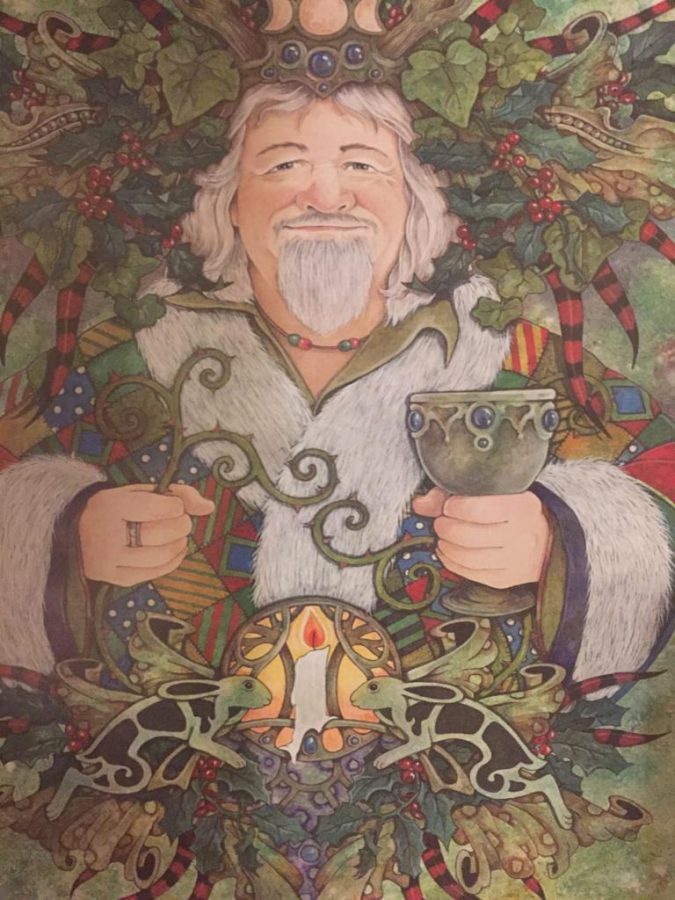It’s the most wonderful time of the year. No matter where you are in the world, you probably have a special tradition for a seasonal holiday, such as decorating Christmas trees. This raises an interesting question though — should non-Christians be allowed to have Christmas trees?
The truth is, in addition to many other popular Christmas holiday traditions, Christmas trees aren’t even Christian. Christmas is a holiday meant to celebrate the birth of Jesus. According to the United Church of God’s website and some Bible passages, Jesus wasn’t born in the winter, but the celebration of Christmas was moved to be near the Winter Solstice and other holidays surrounding it, so many of the Pagan (a polytheistic religion) traditions were adapted by Christianity, including the image of Santa Claus, nature-related decorations, bonfires and Christmas trees.
The Egyptians would bring in palm trees during the Winter Solstice and the Norse would bring in pine trees and decorate them with fruits and candles to celebrate Yule — both cultures used trees to represent life in the darkness of winter. This is also why nature-related decorations, such as wreaths, garlands and poinsettias are used. They began as a way to decorate the hearth and honor the life still found in nature during winter.
The tale of Saint Nicholas is Christian because he was a saint, but the image of him actually comes from Pagan ideas and images of Odin and the Holly King. Odin is the king of the Norse gods, the god of war, death, wisdom and poetry, and is described as having a long white beard, wearing gray robes and a gray pointed hat. The Holly King is the winter half of the the Celtic horned god, often depicted with a white beard and dressed in green and red robes. Sounds like Santa Claus, who’s coming to town.
“The Christmas Song,” better referred to as “Chesnuts Roasting on an Open Fire,” is another beautiful song, but the open fire itself did not start out as a Christian tradition either. The burning of a Yule log represents the Winter Solstice. On the Winter Solstice, the days begin to grow longer and so the fire burning the log represents the rebirth of the sun or the longer days. Of course, it was also used as a decorative way to keep your house warm.
Eating a Christmas ham also began as a Norse tradition. For the Winter Solstice, they would eat boar to honor Freyja, the wife of Odin and the goddess of love, motherhood, war and death. She is described to have ridden a boar or had a boar pulling her chariot.
I love all of these traditions, but it’s important to know where they come from, just as it’s important to understand the meaning behind any traditions that are appropriated. It doesn’t make the appropriation okay, but these specific holiday traditions have been stolen for so long that it’s impossible to expect anything to change.
So if you want a Christmas tree and you don’t believe in Jesus, by all means go ahead. The familiar holiday images or sounds that are actually Christian are that of the nativity scene, Saint Nicholas giving out presents and any Christmas carol involving Jesus. I don’t write these words out of anger or frustration, but in the hope that we can all be more aware of where our traditions come from and enter the season with love and the spirit of giving in our hearts.


